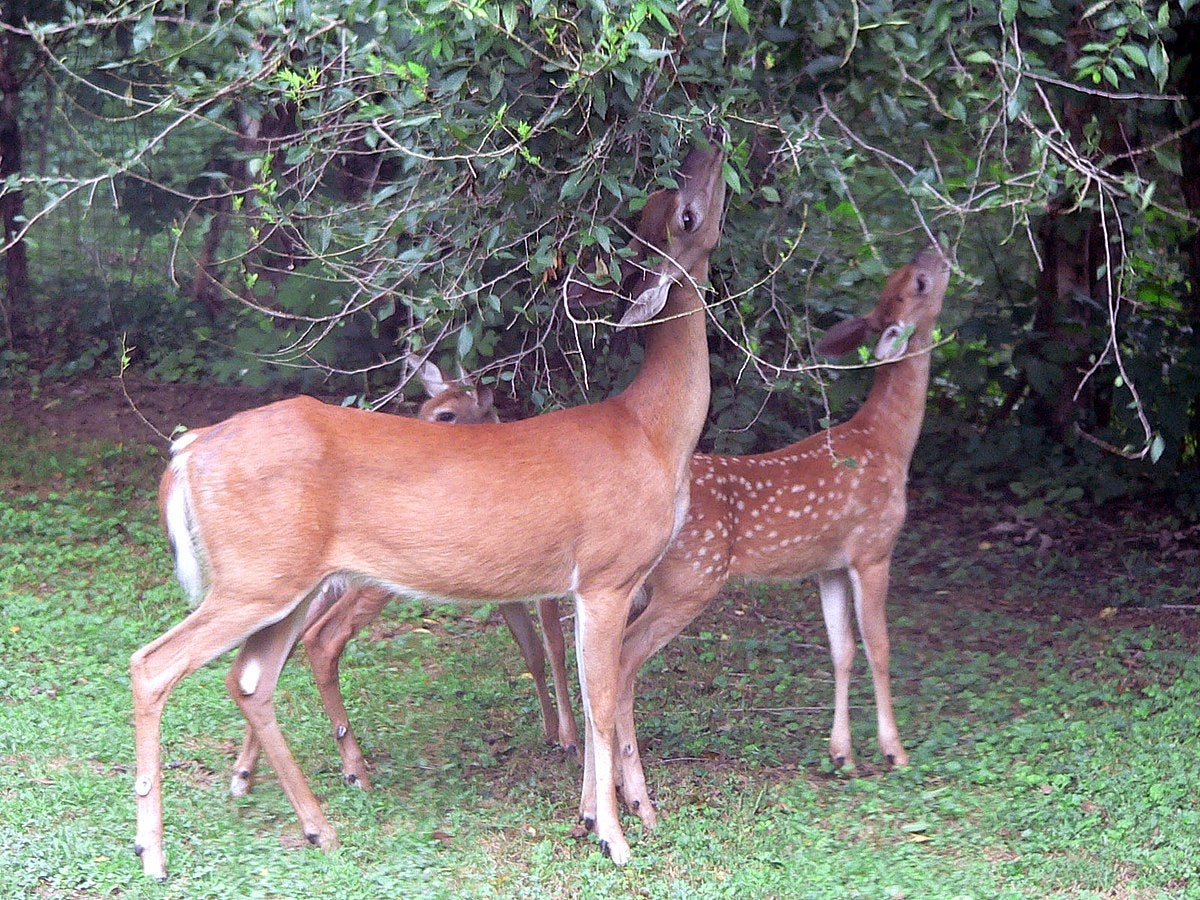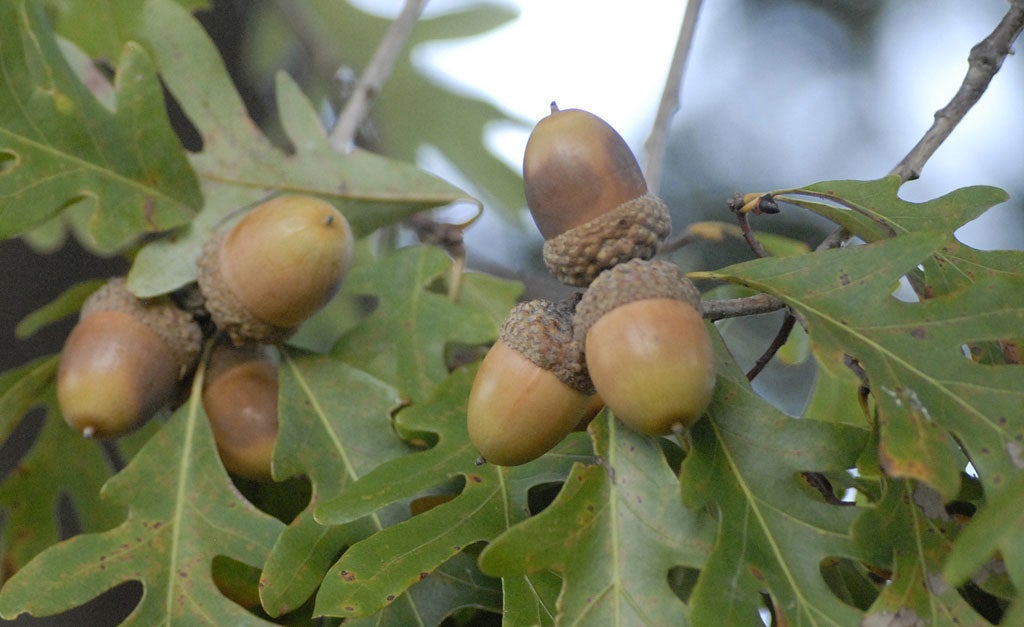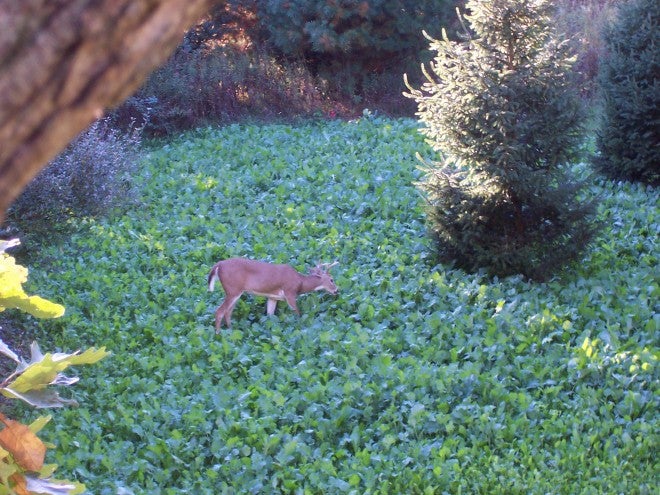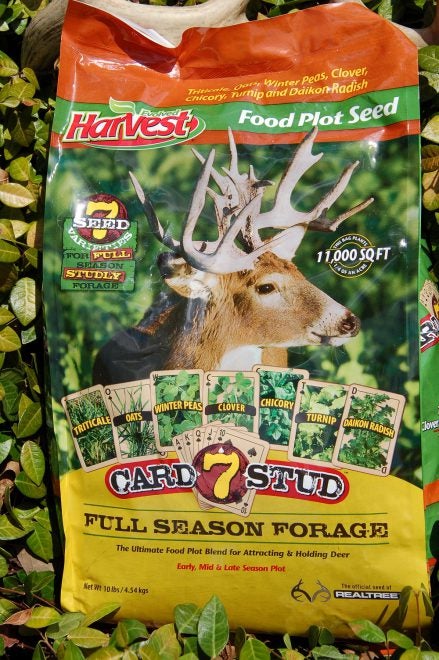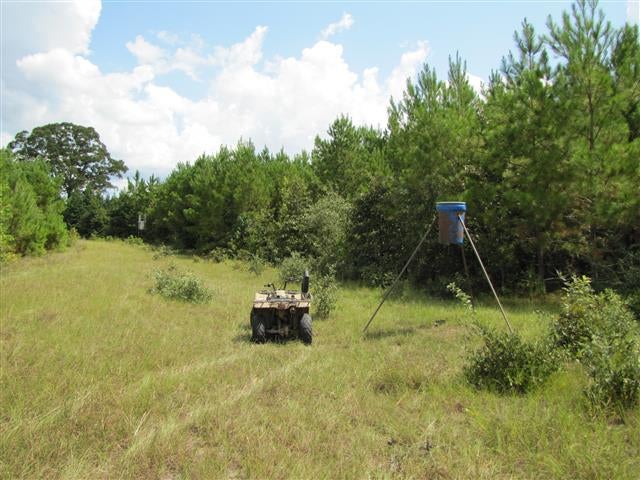Hunting Hungry Bucks: Use the Deer Diet to Your Advantage
Travis Olander 01.26.23
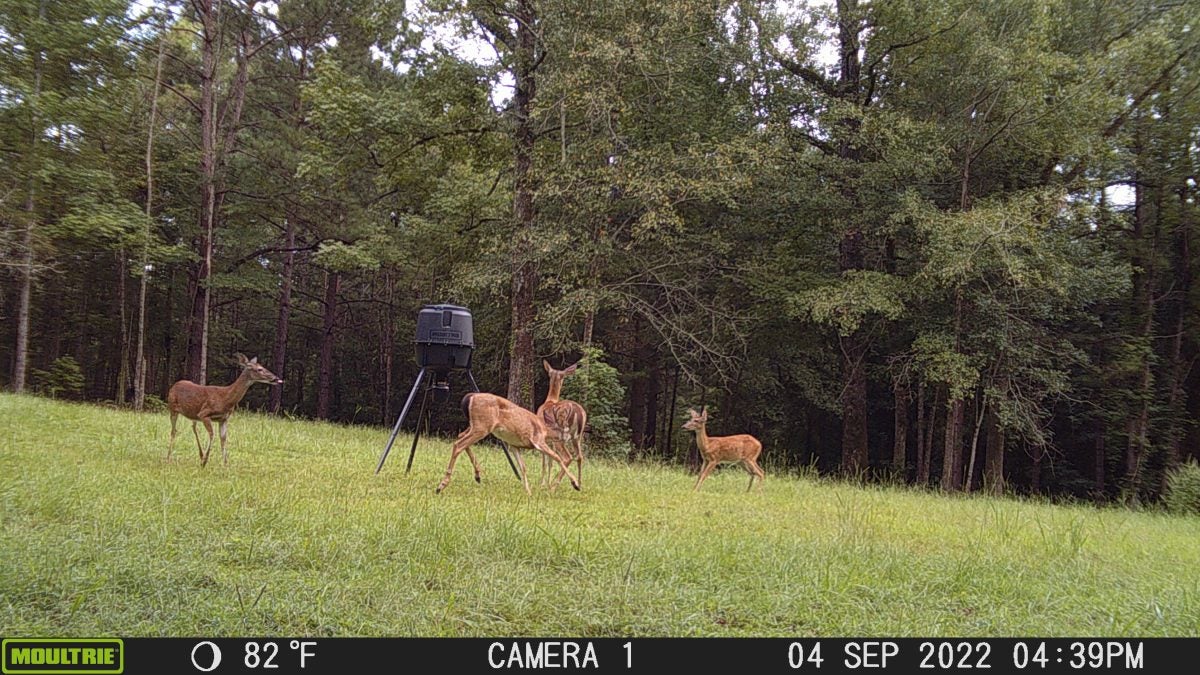
Deer populations, and deer eating habits, are changing. Careful conservation has generally allowed once-declining species to boom, but droughts, changing ecology, and removal of predators are all causing deer to migrate and stake out new territory for grazing. As a hunter, you might consider these facts a challenge to your trophy-taking ventures., but using knowledge of what deer eat, how they eat, and where and when they eat can become a tool as valuable as the rifle or bow you carry. Take into account a deer diet to ensure more success in your next hunt.
What’s in a Deer Diet?
Deer are grazers and browsers, and they like to eat a variable diet of flora. That also means trying to lure in mature bucks with a single feed is probably going to be a waste of time. The typical deer’s diet also changes seasonally, dictating grazing patterns and territory.
Browse
Browse is the collection of woody portions of leaves and stems. Browse makes up to 60% of a deer’s diet at the height of winter, and approximately 40% in spring, summer, and fall.
Forbs
Forbs are the leaves and stems of non-woody, broadly leafy plants. This can include grazing weeds, commercial crops like soy, and generally, any flora that’s not standard grass or browse. These leafy greens make the bulk of a deer’s diet in late spring and summer, when ample sunlight and soil disturbance allows for sprouting and seasonal growth. Overall, forbs makes up 25% to 50% of the diet, annually.
Mast
Mast comprises hard and soft fruiting bodies. That includes acorns, nuts, berries, and apples. Mast is nutrient rich and packed with the energy bucks need during the rut. Mast only makes up to 20% of the diet at the height of fall. But this is because it’s simply less abundant. Deer vie for this energy-dense, convenient food source. So, scouting for concentrations can prove fruitful (pun intended) when it comes to hunting productively.
Grass
Self-explanatory: Narrow leaved plants, all variety of natural grass, and sedges provide decent nutrition year-round. But, importantly, grass is not the bedrock of a deer’s nutrition. Throughout the year, grass only accommodates about 20% of the diet.
Scout Early in The Season; Find The Mast
Most often, hunters are looking for fresh signs of rut and rub. But scouting food sources (especially mast trees) is just as important. Arkansas Black apple, Crabapple, and pear trees provide a nutritional boon for white-tail, and they begin dropping fruit in fall – just in time for the rut. Other mast-bearing trees can provide a beacon for antlers:
- Persimmons
- Mulberrys
- Mayhaws
- Cherrys
- Elderberrys
- Plums
Trees aren’t the only source of good mast. Vines and low-hanging vegetation proves just as useful. Depending on locale, these may include:
- Grapes
- Dewberrys
- Blackberrys
Finding these potential food sources early in the season provides a good foundation for seeking out fresh signs of rut and rub: Those trails and territories bucks and does are actively frequenting.
After The Rut, Find the Browse
After the rut, bucks are exhausted and emaciated. They’re looking for refuel — but often, those fruiting bodies and have also been exhausted. So, it’s time to focus on the foundational diet that gets deer through the rest of the cold months: Browse. Conifers, red and white oak, maple, and other hardwoods are popular in the north. To the east, hemlock and yellow birch are preferred species.
On Using Food Plots
A food plot can provide some extraordinary results — if used correctly. If natural food stores are sparse near your chosen hunt, setting up even a quarter-acre with some appropriate crops can draw the trophies you’re looking for. But, like we’ve covered before, relying on a plot too much can also drive off mature bucks. You need to take care to ensure your plot remains a relatively unpressured food source. A good plot provides sanctuary and positively influences the herd in your area.
Follow these best practices to hunt a plot the right way.
Don’t Set up your Stand Too Close
This one should be obvious: If you’re surveying your plot from meters away, you’re only going to put pressure on the herd and drive away the very deer you’re trying to encourage. Keep your stand a fair distance from the plot itself. This prevents you from covering it with your scent.
Use Plots after the Rut
Setting aside a plot for the late season reduces pressure on bucks and helps to ensure younger males don’t drive out the prize trophies you want to take. Late-season plots stocked with winter-hardy flora will also attract more deer. Bucks are also more likely to turn their attention back to nutrition after the rut, given you more opportunity while relying on the plot less, overall.
Use Plots Sparingly
Deer are intelligent, and finicky. Relying on a plot too much will simply drive away herds. A plot should relied upon as a large territorial draw, not just a “shoot-fish-in-a-barrel” crutch.
Make the Space Count
Setting up and maintaining a plot is costly. Between the cost of lime, fertilizer, seed, herbicide, tilling, and equipment, you can expect to spend at least $200 to $400 on a quarter-acre. Setting up your plot to provide throughout the cold and warm seasons will yield better results when it’s time to draw your bow or chamber a round.
We’ve previously recommended a diverse seed mix that’s high in protein, like Seven Card Stud from Evolved Harvest. This mix of oats, brassica, and triticale provides quick establishment in a wide range of soils and climates with excellent cold tolerance.
A Feeder Might Be Better
Auto feeders provide plenty of advantages that plots don’t — and they suffer fewer of the drawbacks of a static grab of land that needs to be maintained and seeded. A portable feeder like the Moultrie Feeder Pro II can provide the perfect draw along a well-hooved trail without putting needless pressure on a herd.
Coupled with good scouting and some trail cams, a feeder can make for a productive day at any point in the season. Check out our in-the-field review of the Moutlrie and see how we fared.
